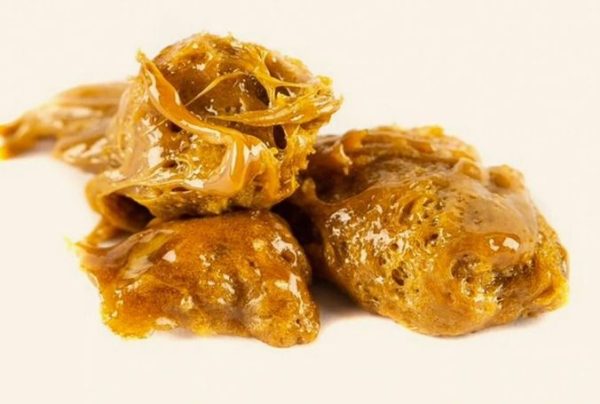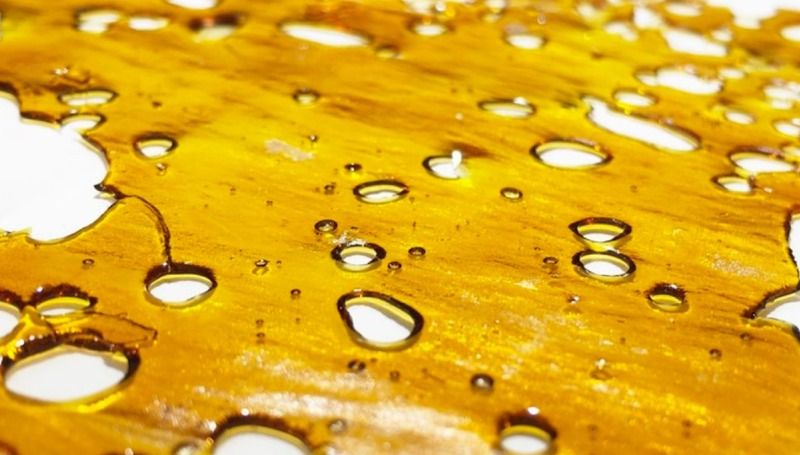Cannabis extracts are a rapidly increasing part of the cannabis market. Consumers have lately discovered the versatility and health advantages of extracts compared to smoking traditional flowers. You can buy this product in our store. While the effects are comparable (because the active component is unchanged), extracts provide a distinct spin on cannabis consumption.
In this post, we’ll look at all of the various forms of extracts, including oil and shatter. But first, let’s learn a little more about what cannabis extracts are and how they’re created.
What are Cannabis Extracts?
Cannabis extracts are a broad category of drugs comprised of cannabis plant extracts, including marijuana and hemp extracts. THC and CBD are two well-known cannabinoids present in these preparations. Hemp extracts will have higher concentrations of CBD, while marijuana ones will contain more THC.
Cannabis extracts are prepared by soaking finely crushed cannabis material in a solvent. When created with fresh flowers, extracts are sometimes referred to as live resin.
The most common solvents are CO2 and other solvent alternatives such as butane, hexane, and others that might be dangerous if not properly released from the extract. These solvents act by drawing the THC away from the plant and concentrating it. Don’t worry too much about it because it’s a complex operation.

What is Shatter?
Shatter is a highly concentrated cannabis product. This concentrate is also known as butane hash oil (BHO) and has a variety of street names, including honey oil, wax, sap, and budder. The name “shatter” refers to the concentrate’s texture and appearance. Shatter has an amber color and has a glass-like translucency about it. When shatter is broken down and used, its texture appears to fracture, hence its name.
Shatter, when used as a concentrate, is attractive to consumers looking for a more powerful form of marijuana. Shatter is quite potent, with content ranging from 60% to 80% cannabinoid. Certain extremely intense types of shatter might even contain up to 90% or even 99% CBD. The majority of cannabis sold today is burned and used in a non-concentrate format, resulting in higher THC content. Despite the increase in potency sought by users seeking for a faster and more powerful high, typical everyday marijuana typically has a THC concentration of around 20% or lower. Anything over 20 percent is deemed unusual.
20% THC is quite strong to an inexperienced pot user, but those who are more knowledgeable with smoking marijuana may want something stronger from their marijuana fix. Adventurous users and individuals wanting to experience a new kind of thrill may turn to shatter as a method of exploring their limits and feeling a unique sensation.
The process of making shatter is one of the more unusual and distinctive features of the substance. To obtain cannabinoids and terpenes from a cannabis plant, BHO must be manufactured using butane, a highly inflammable and easily liquefiable gas that is also very psychoactive. The concentrated preparation found in BHO is produced as a result of extraction. These chemicals are naturally generated by cannabis plants. When certain receptors in the brain are activated, individuals experience a sense of calm, relaxation, and euphoria while also relieving pain.
Unfortunately, because butane is such a combustible substance, the production of shatter, especially in amateur home labs, has resulted in explosions, fires, numerous injuries, and even deaths.
In general, home shatter production is prohibited, even in locations where medical marijuana use is allowed. Furthermore, there are worries about the possibility of contaminated batches of shatter being produced during the manufacturing process.
Heat is used to separate the butane gas removed from cannabis extracts with heat. However, if the mixture isn’t heated long enough or at a high enough temperature, additional butane gas may remain in it. While smoking shatter, butane gas is extremely dangerous to individuals who breathe it in.
Concentrates produced and sold by reputable firms are commonly thought to be safer for the user than makeshift home manufacturing laboratories. As a result, shatter is often considered more harmful to humans overall than its plant-based counterpart. Manufacturers who are respectable, on the other hand, are legally bound to ensure that the quantities of butane in a marijuana concentrate meet government limits.

Side Effects of Shatter
When smoked, shatter creates a fast high in the user, but the effects of the high are not always desirable. A small percentage of people may just get intoxicated as a result of using the concentrate, while others can experience periods of extreme anxiety or paranoia. Of course, there are many other side effects that arise from shatter usage.
Some side effects of shatter use can include
- Increased heart rate and blood pressure
- Heightened anxiety
- Trouble concentrating
- Trouble remembering
- Weaker immune system
- Increased risk of infection (i.e. bronchitis, asthma, sinusitis)
- Irritation of airways
- Persistent sore throat
- Bloodshot eyes
- Increasing tolerance (leads to using larger amounts to achieve the same effect)
- Difficulty sleeping or lower quality of sleep
- Lack of coordination
Why is Shatter Called Shatter?
The texture and appearance of the extract concentrate are described as “shatter.” Shatter is a yellowish substance with a translucent glass-like sheen. Its glass-like feel seems to shatter when shatter is broken down and used, hence its name.
What is Shatter High Like?
Shatter is popular and well-known for its capacity to provide a fast and strong high. In other words, it’s a technique to get higher more quickly. It’s possible to overdo it, especially if you’re not used to shatter’s strength. Shatter has a distinctive flavor profile that consists of terpenes rather than cannabinoids; many users claim that the extract (and dabbing) produces a more refined concentrate end result.
How is Shatter Made?
All concentrates are created by removing trichomes from cannabis. The macerated cannabis is combined with a liquid hydrocarbon in a volumetric flask. The trichomes are separated via an explosion (the result of the combination). To remove as much butane as possible, the mixture is slowly heated. Because butane is harmful to one’s lungs, smoking it may be fatal. As a result of this, the end product settles to the bottom, forming BHO’s common transparent sheet.
Let’s look at how to tell apart excellent and subpar shatter. There are several various options, some of which are more obvious than others. If you want a more precise answer, we recommend utilizing two or more of these approaches.
The color black is generally associated with low quality. The majority of excellent shatter is close to transparent in quality. Dark shatter, on the other hand, may be either oil or shards, and there are exceptions to every rule. Clear shatter, on the other hand, because it undoubtedly has higher quality, should always be kept simple and choose transparent.
Is there a lot of flavor to your shatter? You’ve got an excellent one if so! A powerful odor is indicative of excellent shatter, as opposed on a barely perceptible scent. In fact, if you smoke frequently, you should be able to detect the quality of the product. This is why my third piece of advice follows.
It’s straightforward: the more you smoke, the better you’ll be able to tell good shatter from bad. Here’s a helpful hint: If you discover a sample that appeals to you, don’t smoke the whole thing. Keep some of it as a reference point so you can choose another strain. This way, by leaving part of it as a reference, you will gradually begin to understand what shatter smells and tastes like while also assisting in your own development of taste.

